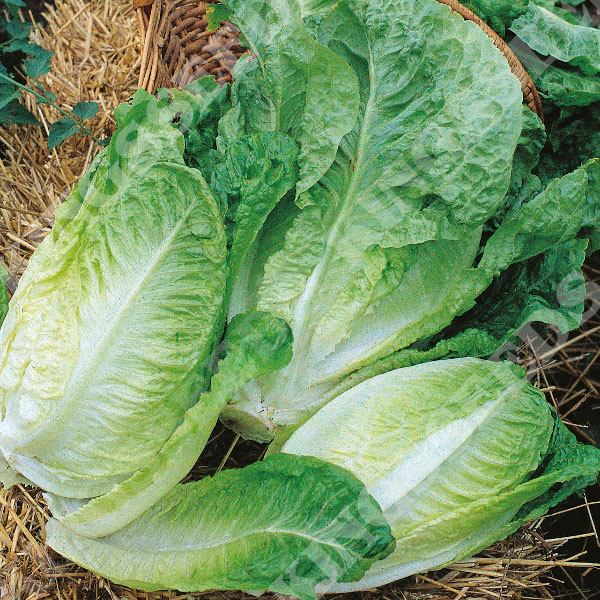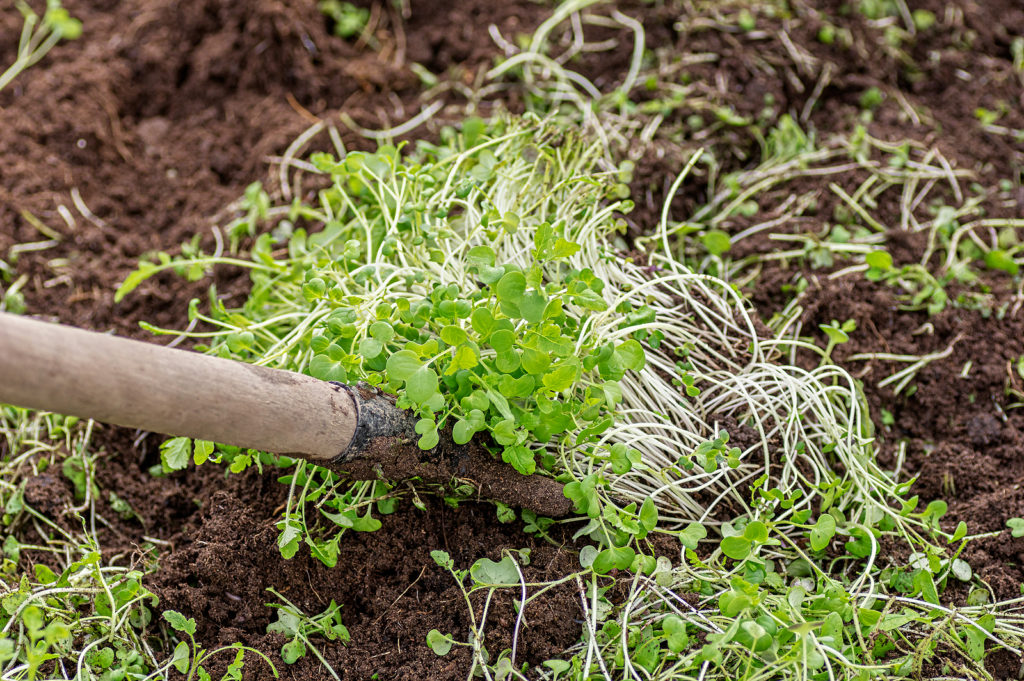As autumn sets in, the pace of growth slows down, but the gardening tasks are far from over. Autumn is an excellent time to sow winter-hardy vegetables, boost your soil with a nourishing cover crop, and even experiment with unique varieties. Here’s a comprehensive guide to what you can sow this season to ensure a productive garden come spring.
1. Salad Onions (Spring Onions/Scallions)
Salad onions are a staple in many gardens, and autumn is still a good time to sow them. Choose hardy varieties to ensure success as the temperatures drop. Sow them directly into prepared soil—clear of weeds and enriched with organic fertilizer. Create rows spaced about 10 cm apart, planting seeds around 1 cm deep. For reliable germination, use fresh seed, as old seed often leads to poor results.
To protect your onions from frost, a temporary cold frame works well. Use old windows for a simple setup, held in place with bamboo canes. The cold frame will protect the onions during harsher conditions, allowing them to grow steadily through winter and emerge early in spring.
2. Winter Lettuce
Winter lettuce varieties, such as ‘Winter Density,’ ‘Arctic King,’ and ‘Winter Gem,’ thrive in colder temperatures. While they can be sown directly in the ground, starting them in plug trays offers protection from pests like slugs. Once the seedlings are large enough, thin them out, leaving the strongest plant in each plug.
Before planting, improve the soil by adding a layer of compost. Space the plants about 20 cm apart, and consider creating a simple polythene-covered tunnel for added protection. Harvest outer leaves as the plants grow, ensuring a continuous supply of fresh lettuce throughout the winter.

3. Cauliflower
Sowing cauliflower in autumn can lead to an early summer harvest, which is often less susceptible to pests like caterpillars. Although cauliflowers have a reputation for being tricky, they are manageable when given proper care. Start seeds in a sheltered location, such as a cold frame, to protect them from cold and pests.
Once the seedlings are established, pot them on into 7 cm containers, and when they reach around 15 cm tall, plant them outdoors in spring, spacing them about 45-60 cm apart. This early sowing gives you a head start on a delicious cauliflower crop.
4. Winter Cover Crops
With many beds vacated in autumn, it’s an ideal time to sow winter cover crops, or green manures. These crops—like deep-rooted rye and nitrogen-fixing vetch—protect the soil from erosion, improve its structure, and add valuable organic matter when dug in come spring. Simply scatter the seeds and rake them into the soil. The autumn rains will do the rest, and by spring, you’ll have enriched soil ready for planting.

5. Oyster Leaf Plant (Mertensia Maritima)
A truly unique autumn sowing is the oyster leaf plant, often called ‘the vegetarian’s oyster.’ With its salty, seafood-like flavor, it’s a fascinating crop to try. This hardy plant originates from the rocky coasts of northern Europe and North America, thriving in cold conditions.
To sow, mix sharp sand with potting soil for better drainage and store seeds in the fridge for a couple of weeks to break their dormancy. Keep the seeds in a shaded cold frame through the winter, and by spring, the seedlings should appear. These plants prefer well-drained soil, so grow them in containers for the best results. The leaves can be harvested for their unique flavor, a real treat for adventurous gardeners.
Conclusion
Autumn provides a wonderful opportunity to sow a variety of winter-hardy crops that will yield early harvests or improve your soil for the next growing season. Whether you’re growing hardy lettuces, cauliflowers, or experimenting with an oyster leaf plant, there’s plenty to keep you busy in the garden. Stay tuned for more tips on getting your garden ready for winter in the coming weeks!
